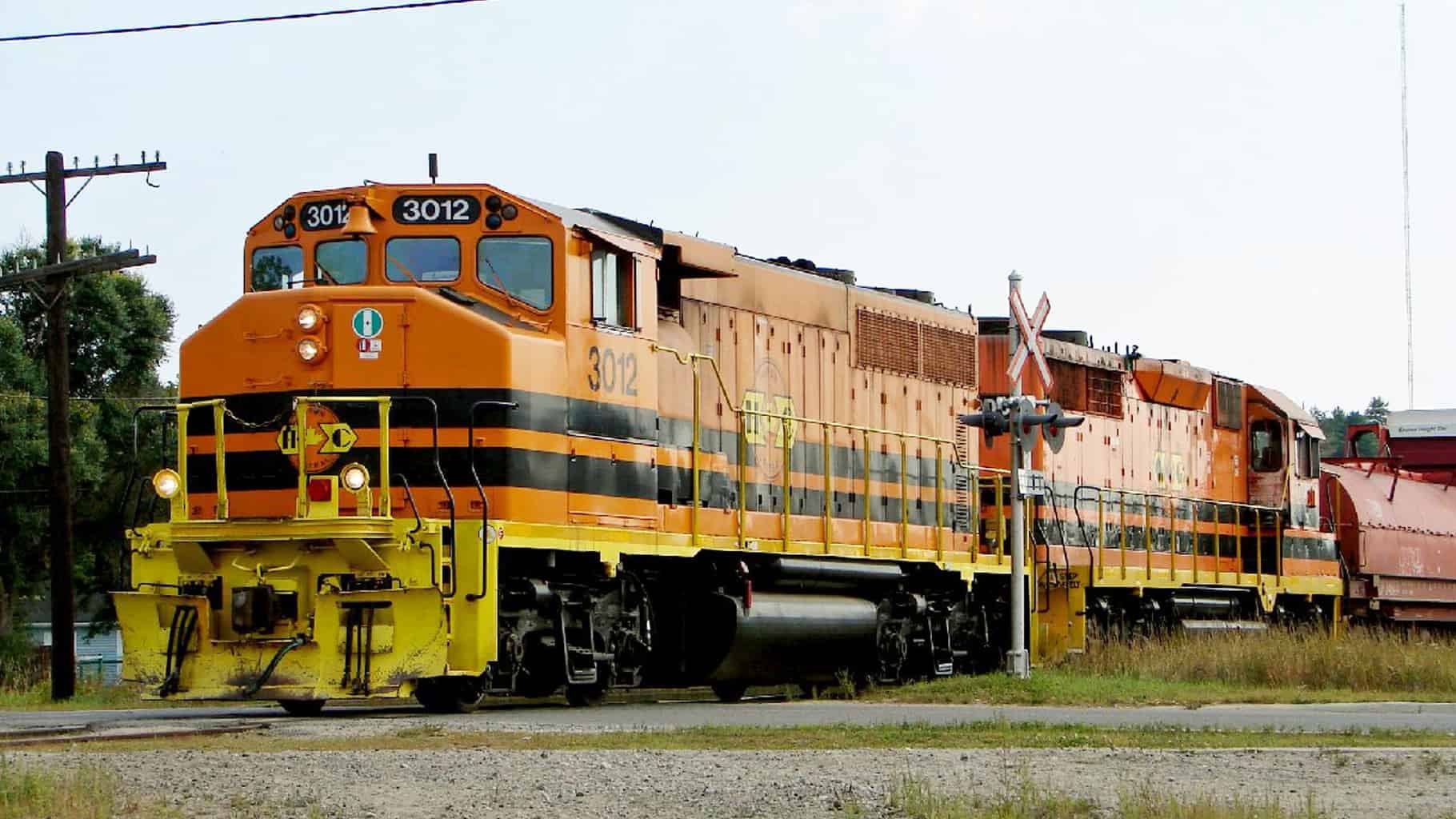Short line rail company Genesee & Wyoming (NYSE: GWR) is upbeat about the U.S. economy, its chief executive officer said at an investor conference last week.
“The economy feels pretty good right now,” GWR chief executive Jack Hellmann said at an investor conference sponsored by Bank of America Merrill Lynch on May 14.
Hellmann pointed to two factors. The first is GWR’s involvement in several efforts that have come to fruition this spring and imply anticipated volume growth. The company signed a long-term lease in March that allows GWR to operate two short lines in Indiana – the Winamac Southern Railway and the Kokomo Railroad. These two railroads will enable GWR to string together a 400-mile, four-railroad footprint spanning from eastern Indiana to western Illinois and connecting to six Class I railroads.
Genesee & Wyoming will also serve a new plastics distribution and transloading facility near Savannah, Georgia. That facility broke ground in June 2018, and it could start shipping in late 2019 at a rate of 5,000 carloads annually.
The second factor is the company’s identity as an operator of short line railroads in 41 states, which provide GWR with an economic perspective that the bigger railroads might not see so clearly, he said. Because of its footprint, the company sees signs of economic growth throughout the country, from new lumber mills in Washington state to the new plastics facility in Georgia.
“I think it’s a mixture of the breadth of our footprint and probably some hard work coming home to roost,” Hellmann said.
Genesee & Wyoming saw its North American carloads rise 2. 9 percent to 139,903 carloads in April from April 2018. North American carloads on a same volume basis were up 4.8 percent in April. That percentage excludes carloads in April 2018 that were part of a lease that expired in the fourth quarter of 2018.
April chemicals and plastics volumes were up 14 percent to 15,763 carloads. That increase is notable because it indicates more plastics and fertilizer production, as well as more demand to produce the chemicals that go into papermaking and liner board for packaging, Hellmann said.
Because of the company’s smaller size, a couple of additional customers “can move the needle” in terms of volume, Hellmann said. Agricultural volumes were up 15.9 percent to 19,349 carloads on higher exports of soybean meal and distiller’s dried grains to southeast Asia. Meanwhile, exports of Arizona alfalfa meant for race horses in Saudi Arabia were a value-added product, he said.
But despite the volume increase, agricultural volumes are lower than they would normally be because of the U.S.-China tariffs, Hellmann said.
“We’re sitting on product at the silos,” Hellmann said.
As almost the Class I railroads adopt precision scheduled railroading, an operating model that seeks to streamline operations and cut costs, Hellmann said GWR acts as a “shock absorber” for customers by working with them to assess their needs while also working the adjusted schedules of the Class I railroads.
“We’re so low density that we can adapt,” Hellmann said.










